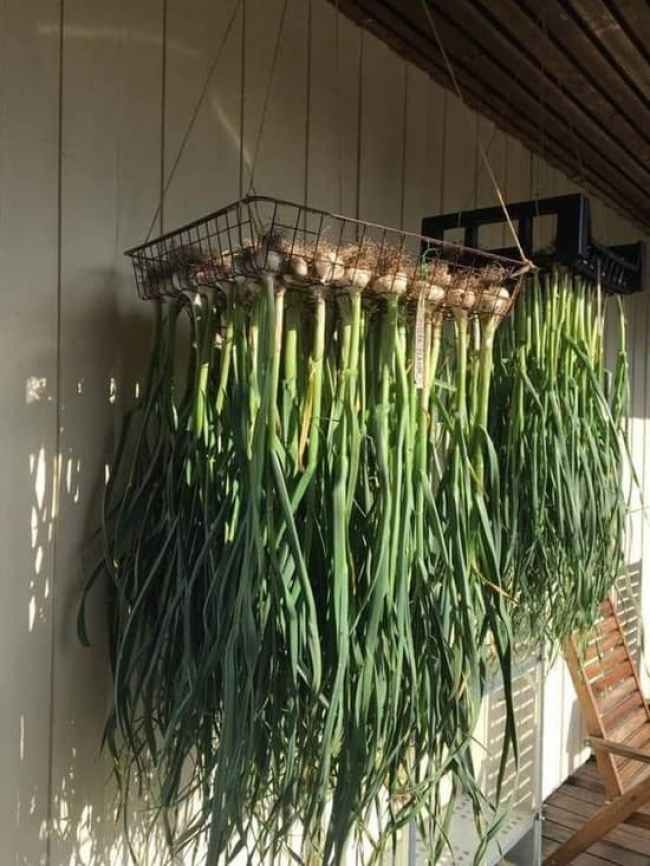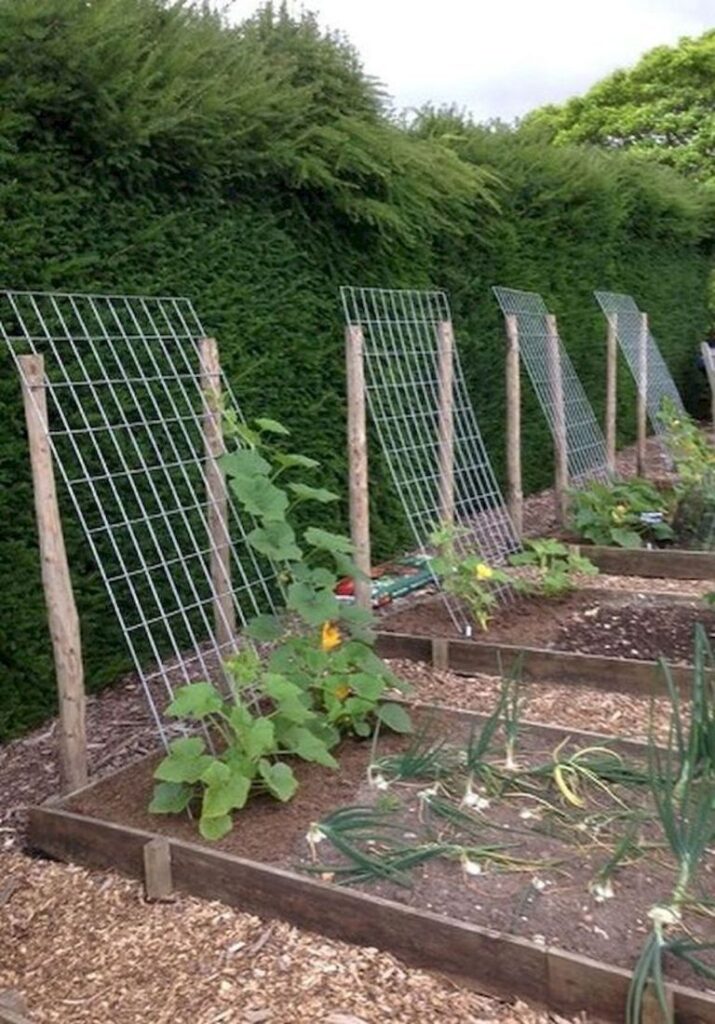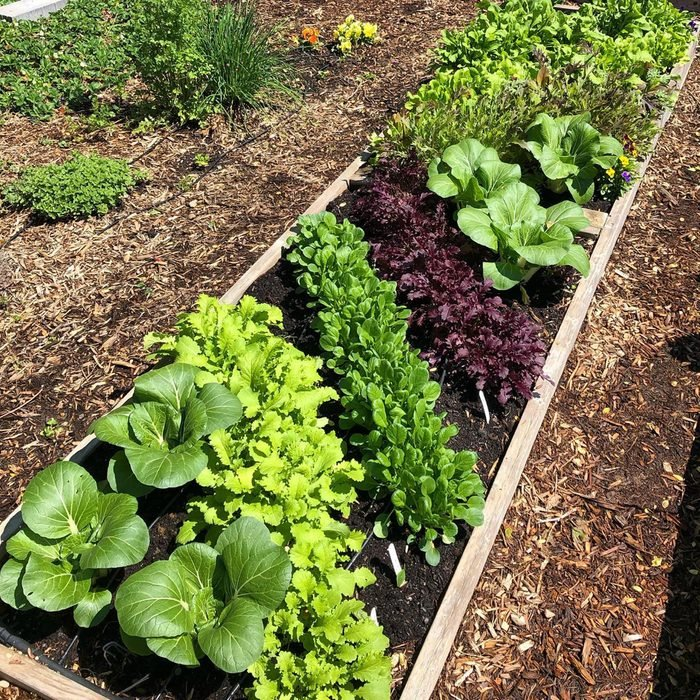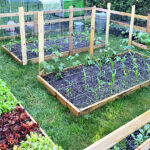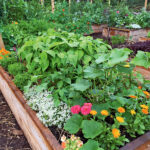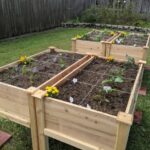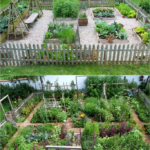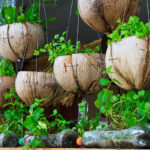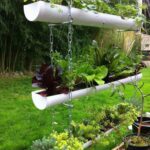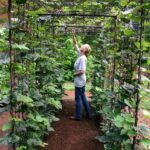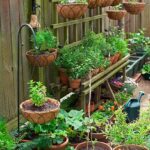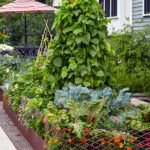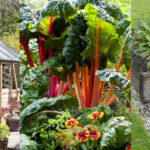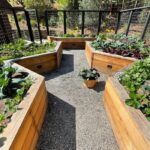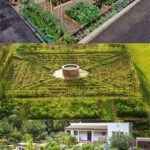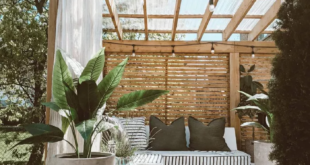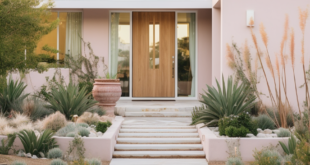Gardening is a wonderful way to connect with nature and grow your own food right at home. For those interested in incorporating more vegetables into their gardens, there are plenty of creative and innovative ideas to consider. From raised bed gardens to vertical planters, there are numerous ways to maximize space and yield a bountiful harvest.
One popular idea for a vegetable garden is to create raised bed gardens. Raised beds provide excellent drainage and make it easier to control soil quality. They can be built at various heights to accommodate different plants and are suitable for both small and large spaces. Raised bed gardens also make it easier to reach and tend to your plants without having to bend over or kneel on the ground.
Another exciting concept is to incorporate vertical planters into your garden design. Vertical planters are a great way to save space and grow a variety of vegetables in a small area. They can be installed on walls or fences and are perfect for growing climbing plants such as tomatoes, beans, and peas. Vertical planters not only add visual interest to your garden but also make it easier to harvest your crops.
If you are looking to add a touch of whimsy to your vegetable garden, consider creating a themed garden. Whether it’s a salsa garden with tomatoes, peppers, and cilantro, or a salad garden with lettuce, cucumbers, and carrots, themed gardens can be both functional and fun. You can also create a rainbow garden with a variety of colorful vegetables or an heirloom garden with unique and rare varieties.
For those with limited space, container gardening is an excellent option. Containers can be placed on patios, balconies, or even windowsills, allowing anyone to grow their own vegetables. You can use traditional pots, hanging baskets, or even repurpose old containers such as buckets or wheelbarrows. Container gardening is also a great way to experiment with different vegetables and varieties without committing to a large plot of land.
Herb gardens are another fantastic way to incorporate vegetables into your garden. Herbs are not only flavorful and aromatic but also essential ingredients in many dishes. You can plant herbs such as basil, parsley, mint, and chives alongside your vegetables to add depth of flavor to your meals. Herb gardens are low-maintenance and can be grown in small spaces, making them a perfect addition to any vegetable garden.
Lastly, consider adding edible flowers to your vegetable garden. Edible flowers not only add beauty and color but also provide delicious and nutritious additions to your meals. Flowers such as nasturtiums, marigolds, and pansies are not only visually appealing but can also be used in salads, desserts, and as garnishes. Adding edible flowers to your garden can elevate your culinary creations and provide a unique and creative element to your vegetable growing experience.
 yishifashion Where Outdoor Dreams Become Reality
yishifashion Where Outdoor Dreams Become Reality
